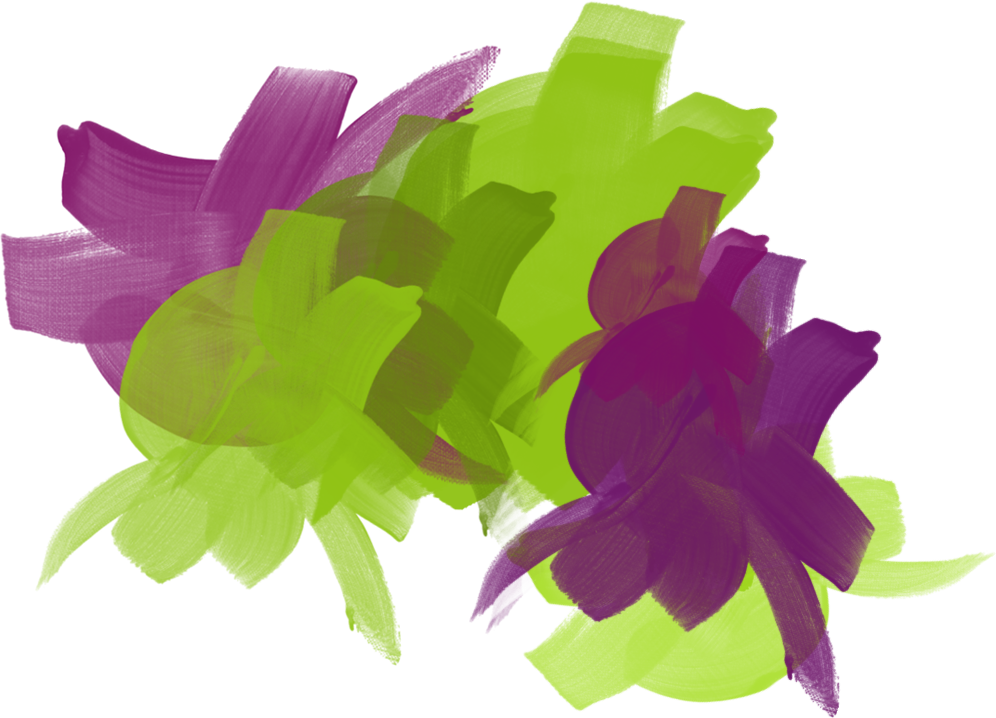Computing
Intent
The Computing curriculum taught at Putnoe Primary prepares pupils to participate in a world immersed in digital technologies. From Foundation Stage to Upper Key Stage 2, children use a wide range of ICT tools to find, explore, analyse, exchange and present information in a responsible and creative way. The curriculum aims to equip young people with the knowledge, skills and understanding they need to thrive in the digital world of today and the future. The curriculum can be broken down into 3 strands:
- Computer science
- Information technology
- Digital literacy
Our scheme of work for Computing is from the ‘Teach Computing’ Curriculum and covers all aspects of the National Curriculum and provides a progression framework. We want our pupils to understand that there is always a choice with using technology and as a school we utilise technology to model positive use. We want our pupils to be fluent with a range of tools to best express their understanding and hope by Upper Key Stage 2, children have the independence and confidence to choose the best tool to fulfil the task and challenge set by teachers.
All learning outcomes can be described alphabetically as follows:
- Algorithms - Be able to comprehend, design, create, and evaluate algorithms
- Computer networks - Understand how networks can be used to retrieve and share information, and how they come with associated risks
- Computer systems - Understand what a computer is, and how its constituent parts function together as a whole
- Creating media Select and create a range of media including text, images, sounds, and video
- Data and information - Understand how data is stored, organised, and used to represent real-world artefacts and scenarios
- Design and development - Understand the activities involved in planning, creating, and evaluating computing artefacts
- Effective use of tools - Use software tools to support computing work
- Impact of technology - Understand how individuals, systems, and society as a whole interact with computer systems
- Programming - Create software to allow computers to solve problems
- Safety and security - Understand risks when using technology, and how to protect individuals and systems
As part of this curriculum, we ensure children learn how to be ‘e-safe’. The school acknowledges that computing and e-learning makes a massive contribution to all aspects of school life. Technology is everywhere and will play a pivotal part in students' lives. Therefore, at Putnoe Primary School, we want to model and educate our pupils on how to use technology positively, responsibly and safely. As a result of these beliefs, we believe that all children should be given opportunities to engage in a broad computing curriculum that ensures they are responsible, competent, confident, and creative users of information and communication technology.
Implementation
To help with our implementation of the computing curriculum we have a variety of hardware available to all teachers. As well as interactive whiteboards and data projectors in all classes, we have an ICT suite with thirty computers and iPads which are all networked. Across the school, children from Foundation Stage to Year 6 also have access to iPads in classrooms. Our fully equipped Media Suite houses our school radio station and green screen, we have access to 3 green screens in total.
The Teach Computing Curriculum has been written to support all pupils. Each lesson is sequenced so that it builds on the learning from the previous lesson. Exploratory tasks foster a deeper understanding of a concept, encouraging pupils to apply their learning in different contexts and make connections with other learning experiences.
Computing is taught by 1 hour a week by both Key Stages. The teaching is practical, where teachers will model what is required to then allow children to develop their understanding.
Impact
The way pupils showcase, share, celebrate and publish their work will best show the impact of our curriculum. We also look for evidence through reviewing pupil’s knowledge and skills digitally through tools like Google Drive. Progress of our computing curriculum is demonstrated through outcomes and the record of coverage in the process of achieving these outcomes.

